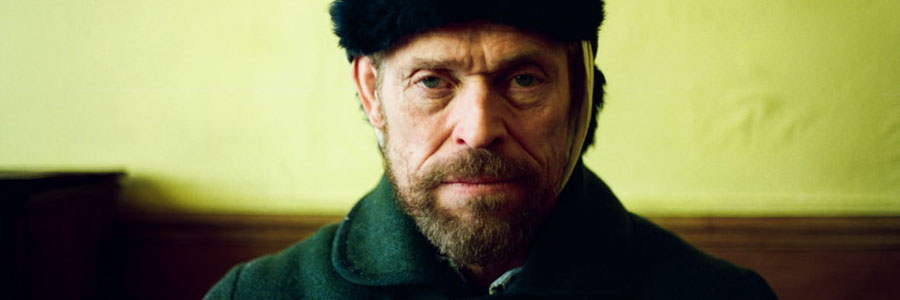Vincent Van Gogh has been the subject of a range of films, but most of them explore the life and work of the iconic artist from arm’s length. They depict him based on trivia, on rumour, and on the context in which his work is now adored.
Julian Schnabel’s (The Diving Bell and the Butterfly) At Eternity’s Gate is different. While Van Gogh is no less romanticised here, the intention is to provide a deeply human and respectful portrayal of a man and artist who was consistently asked to justify his existence. Thanks in no small part to an outstanding performance from Willem Dafoe, the film succeeds, ascending beyond the traditional biopic, though it is not without some issues.
At Eternity’s Gate introduces Van Gogh (Dafoe) in a state of discontent. Sick of the grey skies of Paris and the lack of support from other artists, he’s ready to move on.
“I’d like to find a new light. A new light for paintings we haven’t yet seen”, he confides in Paul Gauguin (Oscar Isaac), a fellow artist who suggests he travel south. Van Gogh does so, and the following two years prove to be the most prolific of his life. They also prove to be his last.

The film’s focus is spent predominantly not on the minutiae of Van Gogh’s experiences in Arles and Auvers-sur-Oise, but on his creative process, and internal debate over what it means to be an artist. Discussions such as those with Gauguin about why he paints nature (“When I face a flat landscape, I see eternity. Am I the only one who sees it?”) and one with a priest in which he explicitly calls himself an artist of the future are overt, but considered.
As a painter, Schnabel’s career stands at polar opposites to Van Gogh’s – Schnabel has exhibited across the world, while Van Gogh saw no success in life – but in his subject he has clearly found the embodiment of his feelings on artistic endeavour. It’s this understanding and respect that makes At Eternity’s Gate a standout.
The best element of the film, however, is the extraordinary performance from Dafoe. Rather than play Van Gogh as the eccentric outcast, Dafoe imbues him with a quiet thoughtfulness. Even when he cuts off his ear, Van Gogh seems strangely rational, because Dafoe so deftly invites us to empathise with him, and reflect on the world as he does.
The same goes for cinematographer Benoît Delhomme, though with mixed results. When the saturation is pumped up to make the landscape appear like a Van Gogh painting, it is simply beautiful. The intimacy with which he captures the texture, speed, and technique of each piece is a joy. Yet the blur that covers half of the screen when we see through his POV is distracting, and the frustratingly shaky camera movement feels counter-intuitive.
Nevertheless, At Eternity’s Gate proves to be the definitive film about Van Gogh. It’s shirking of the traditional biopic formula, and the love both Schnabel and Dafoe have for the artist are resounding. The result is an emphatic and resounding work that is sure to be enjoyed both by fans of the artist, and anyone who values artistry.
—
At Eternity’s Gate opens in Australian cinemas February 14th.
